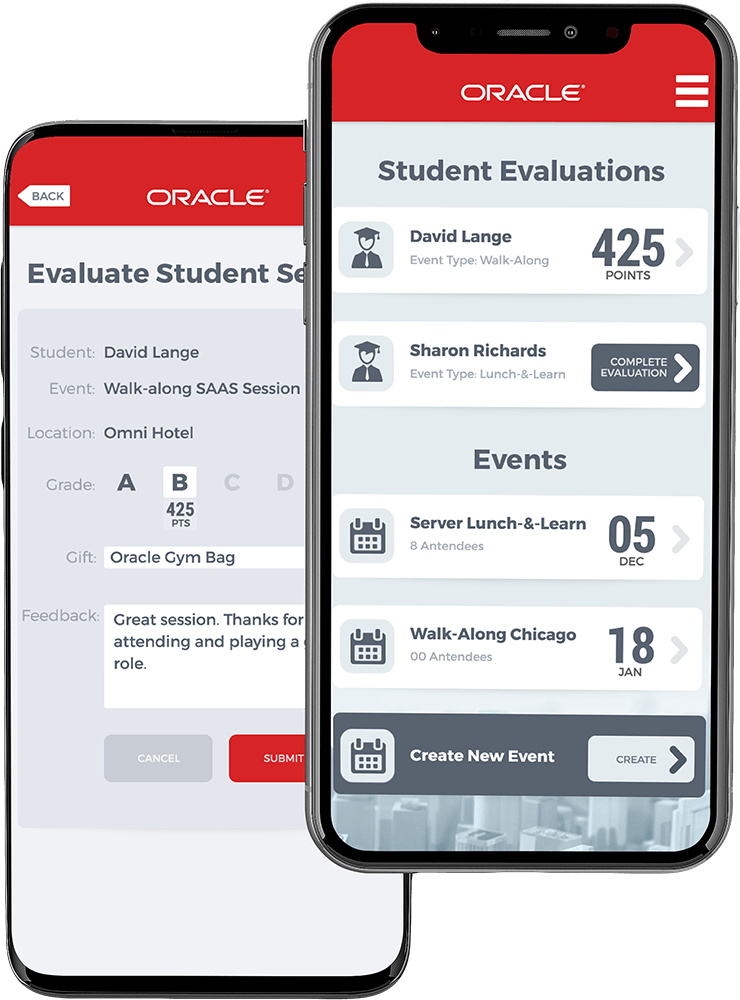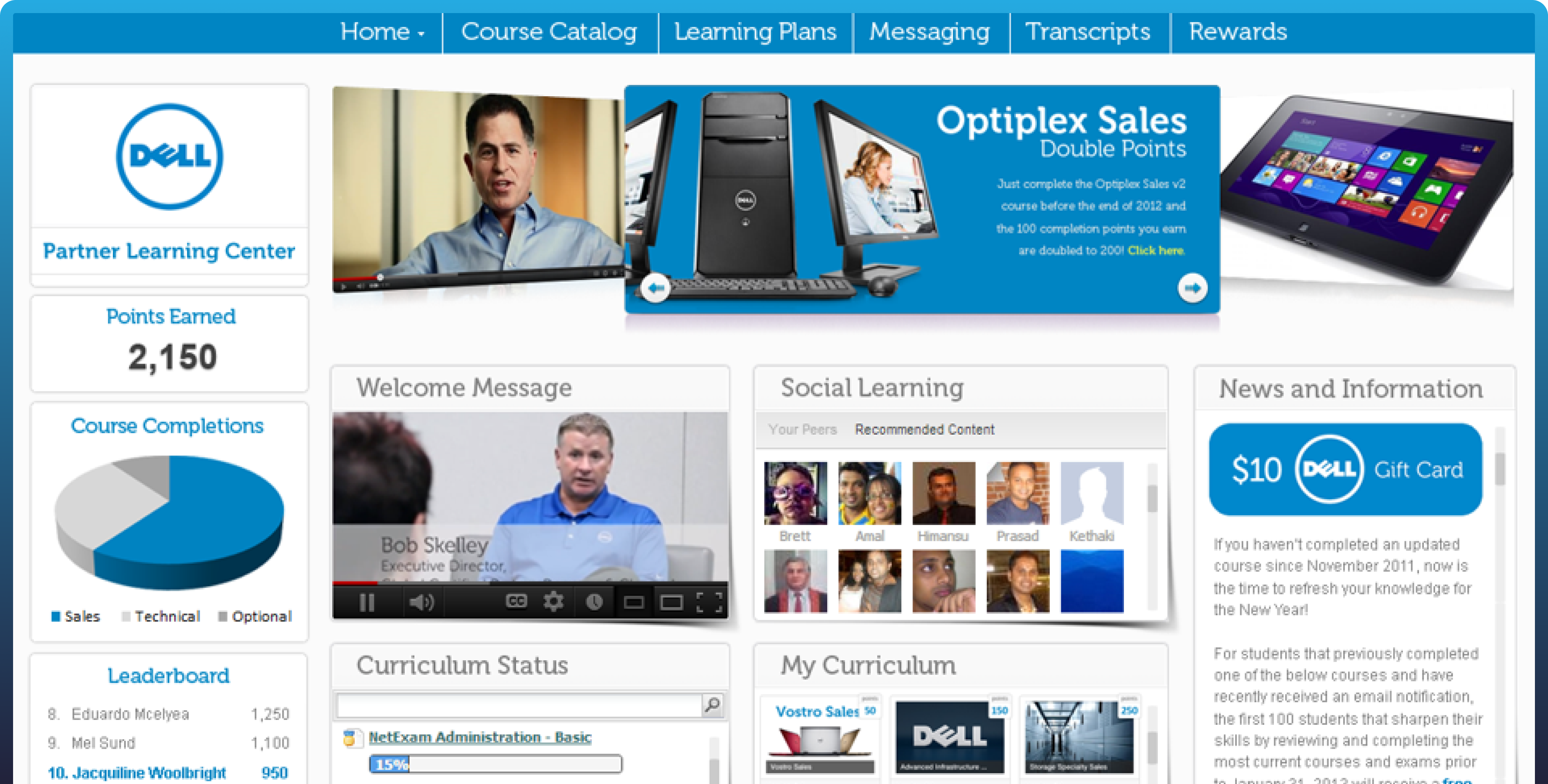Channel Partners Overview
Are you considering becoming a channel partner to increase revenue but unsure about what that involves? Or are you a service vendor or manufacturer looking for cost-effective ways to expand your market and wondering if channel partners are the answer?
And what are channel partners exactly? This channel partners overview will define channel partners, explain channel partner benefits, types of reseller programs, and some of the best practices for building channel partnerships.

What Is A Channel Partner?
Channel partners’ definition is any third party who has an established agreement to sell for another company but doesn’t work directly for that company. For manufacturers and vendors, this means allowing third parties to sell your products or services for you to their customers. For the third party, this means adding another company’s products or services to whatever you are already selling or distributing, for a commission.
Channel partnerships can exist in any industry, but software reseller programs or software partner programs are especially common. SaaS, cloud services, IT services, and hardware from various sources are often bundled into a package and sold through one reseller channel.

Why Channel Partnerships
Why consider channel partner reseller programs? The benefits are impressive:
- INCREASED BRAND RECOGNITION – If either or both parties are well known, they bring increased brand recognition to the product or service. Increased credibility can result for either side, whether a start-up manufacturing is picked up by a well-known distributor, or a small business is authorized to sell a well-known brand.
- LOWER COST & RISK – For startups, reseller partner programs let them get products or services to customers without developing a distribution system or sales force. This reduces risk since the upfront investment is lower. Vendors offering new products or growing their market can use channel partnerships without adding salespeople or distribution staff and equipment. This lets them test new markets before making a full-on commitment to a product, service, or area. And for channel partners, not having to develop products themselves lowers cost and risk.
- DECREASED SALES COSTS – Channel partner sales reduce the size of the in-house sales force needed to reach goals. The manufacturer or vendor still pays commissions, but costs for hiring, training, supervising, and providing benefits and office space for the sales team are decreased.
- INCREASED PRODUCT OFFERINGS – For channel partner companies or individuals, the main benefit is having more products and services to offer. This increases their value to their clients and provides additional selling opportunities.
- REACHING NEW NICHE MARKETS – This works both ways. Channel partners may have a segment of leads that they haven’t been able to win over without the right products or variety. Or they may offer customers, contacts, or credibility in a specific industry that the manufacturer hasn’t been able to reach.
- COLLABORATION – Both sides bring new ideas to the table, increasing innovation and potentially improving customer satisfaction. Channel partners are in a unique position to connect vendors and manufacturers to the pulse of final buyers. And manufacturers/vendors can provide expertise and training on the product or service they provide.

The Process
How the process works depends partly on the type of partnership established:
- Distributorships – One of the simplest channel partner programs occurs between manufacturers and distributors. These third parties already have established methods of getting products to clients. They may have trucks, warehouses, or an established fleet of drivers. Distribution can also be virtual: a channel partner online may have the web traffic and following to sell and distribute links to SaaS programs, for example. What distributors offer to their customers is a way to obtain multiple products or services and delivery from one known source.
- Added Value Resellers – Some channel partners add their own products/services or those of other manufacturers and resell the entire package as a single solution. Like distributors, they provide single-solution shopping for their customers by packaging multiple things in one sale. But this can also include services. For example, they may sell a specific piece of computer hardware or software but also offer installation, training, and tech support.
- Rebranding sellers or Original Equipment Manufacturers – These sellers may buy a product and rebrand it with their own name, either selling it as is or with modifications. They may physically combine both products. An example of this is when a computer manufacturer installs Windows or Dolby Audio before selling a laptop. The laptop is still sold under the computer brand’s name, but the software is the heart of what customers are buying.
- Systems Integrators for Businesses – Larger companies often hire systems integrators to tie all their IT systems – hardware, software, cloud storage or computing, into one functional unit. These integrators may work directly for companies or be contractors. They may be tasked with finding products and services for the system or bringing multiple products to the table for the company’s consideration.
- Other IT business-to-busines providers – Another way that companies manage IT is by hiring managed service providers, who keep all or certain parts of the day-to-day IT systems running. Or companies may hire outside IT consultants. Having multiple products or services to offer is one way that these IT providers bring value to companies who depend on them to help make decisions about SaaS, software, hardware, and everything that happens in the cloud.
Consider the most obvious channel partner examples: the computer, phone, or laptop you are using right now, and the software partnership programs that went into creating them. Your Lenovo, Dell, or HP laptop, for example, probably came with software from Microsoft and possibly Adobe Acrobat. Your Android phone may say Samsung, but Google designed the operating system. And the IT consultant who sets up your home office system may be a channel partner for several hardware and software companies, receiving a commission for the components he buys to put your system together.
Channel partnerships aren’t limited to the big dogs (we have partners like Stanley, Oracle, Honeywell, and AT&T) or IT though. Smaller firms from many segments of business can reap the benefits of channel partnerships, and small and large businesses can develop partnerships too.
Channel Program Best Practices
The most important elements of a successful channel partnership are focus, collaboration, and training.
- Focus – Both the vendor or manufacturer and the channel partner must focus on the customer. It’s easy to get bogged down in transactional and operational details. But for long-term growth, both sides must keep the bigger picture in mind, which is the customer’s overall satisfaction.
- Collaboration – To reap the rewards of a partnership, both sides must be willing to commit to open communication and mutual accessibility. They need to be willing to share resources, especially marketing information.
- Training – Partnerships are more successful when manufacturers and vendors provide training on products and services. Without adequate training, channel partners may sell ineffectively or put products and services they don’t understand on the back burner behind other offerings.
For more information about how to ensure that your channel partners receive the best possible training, contact us and request a demo.

